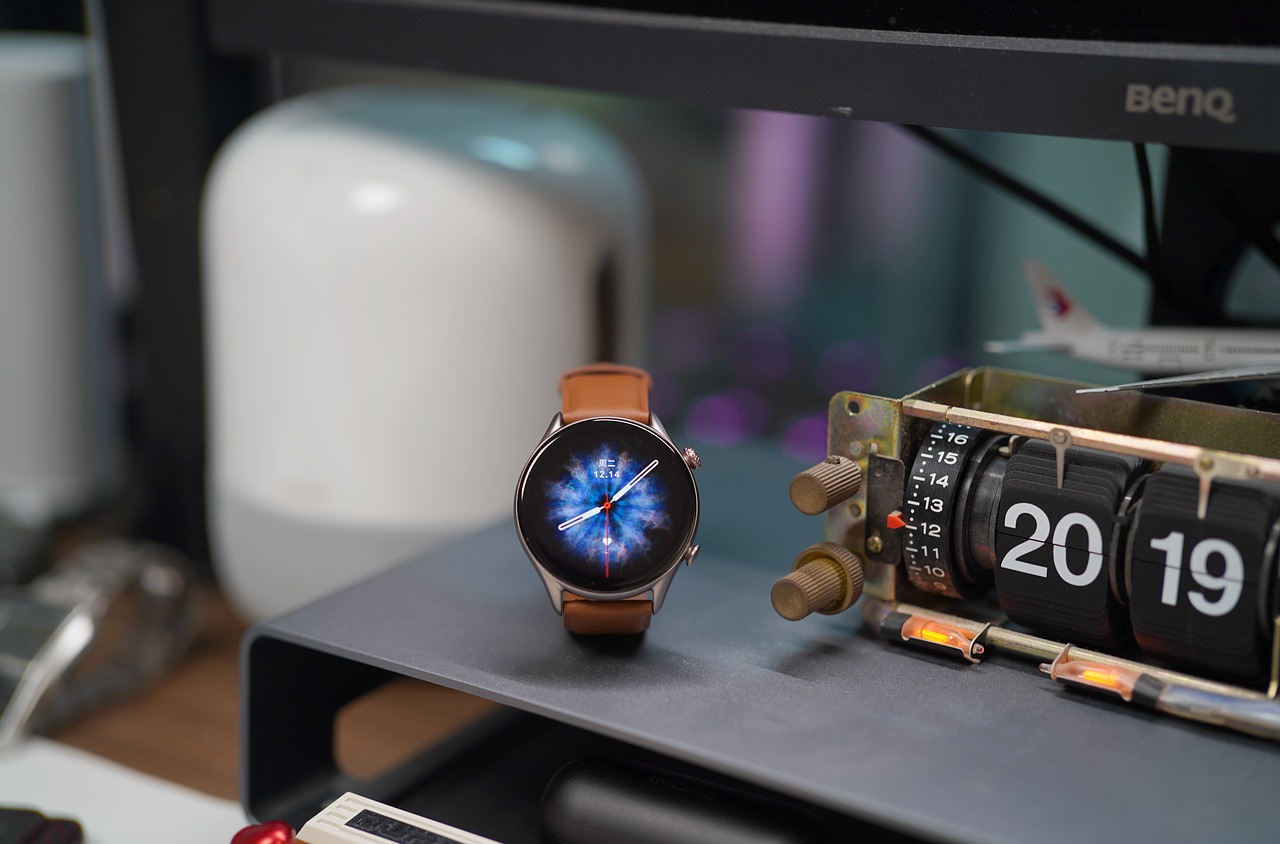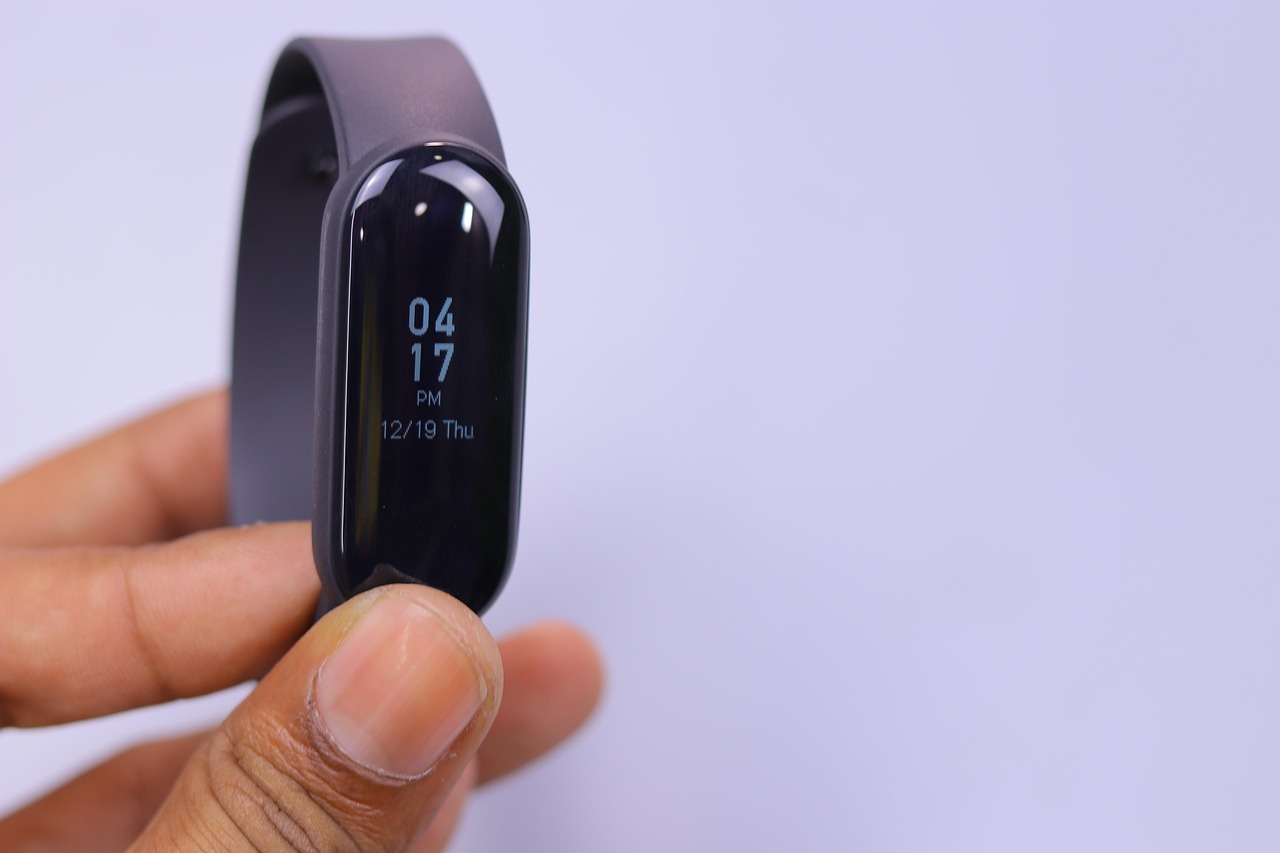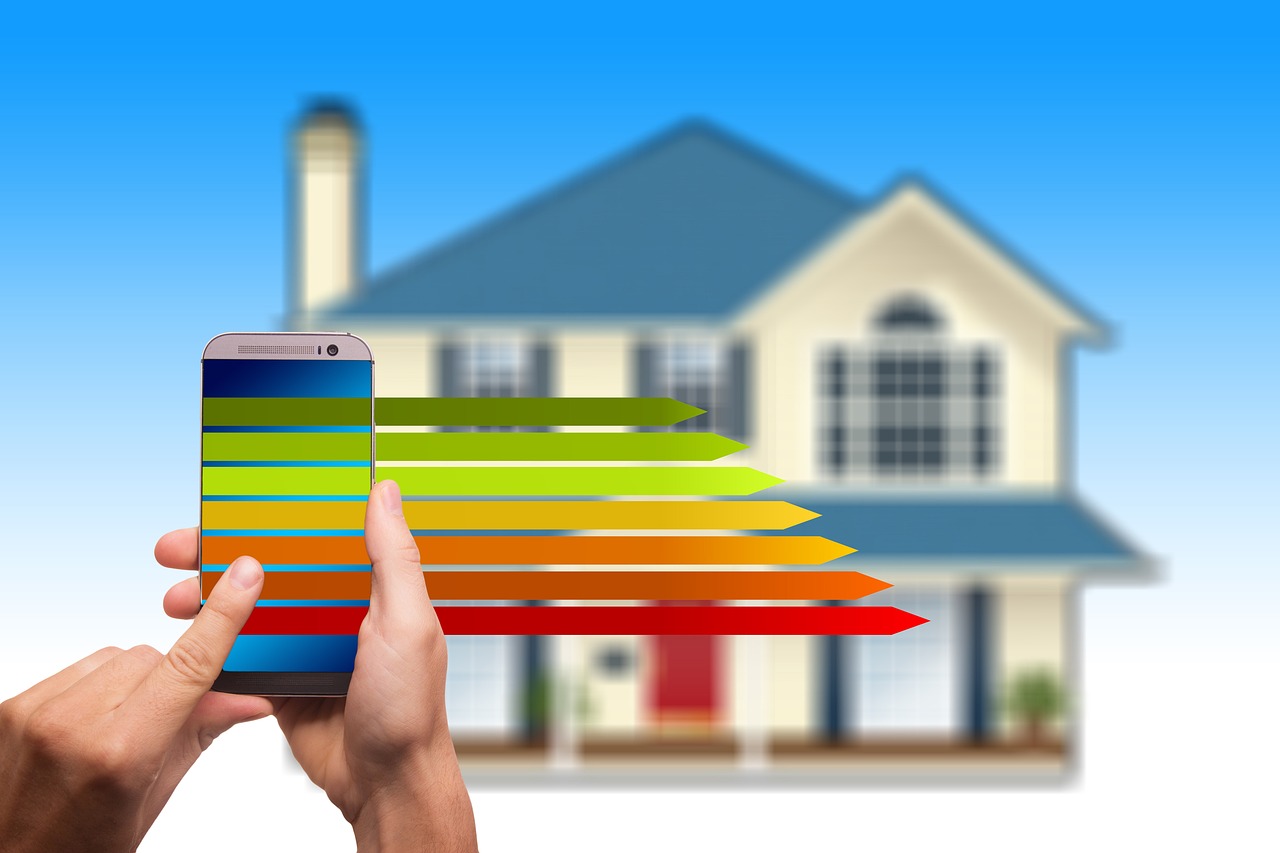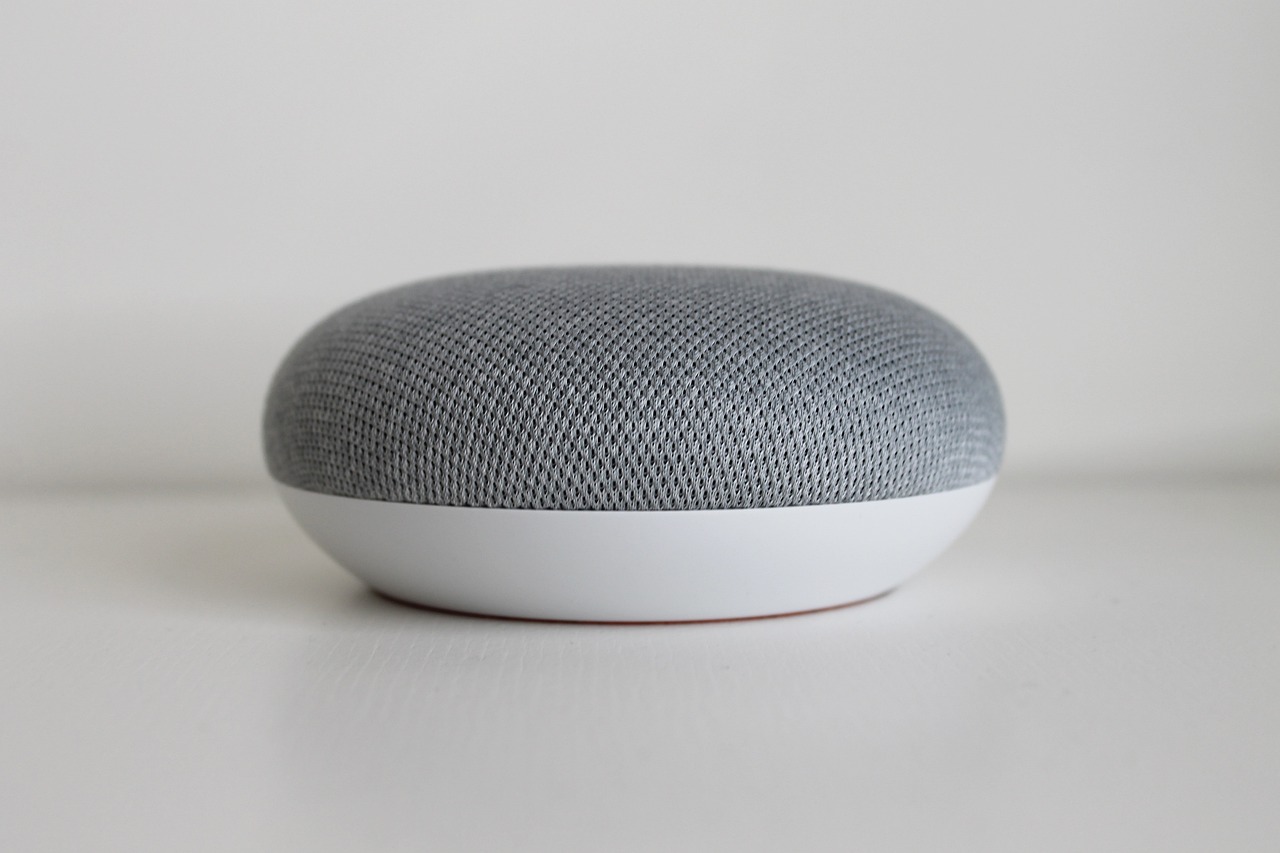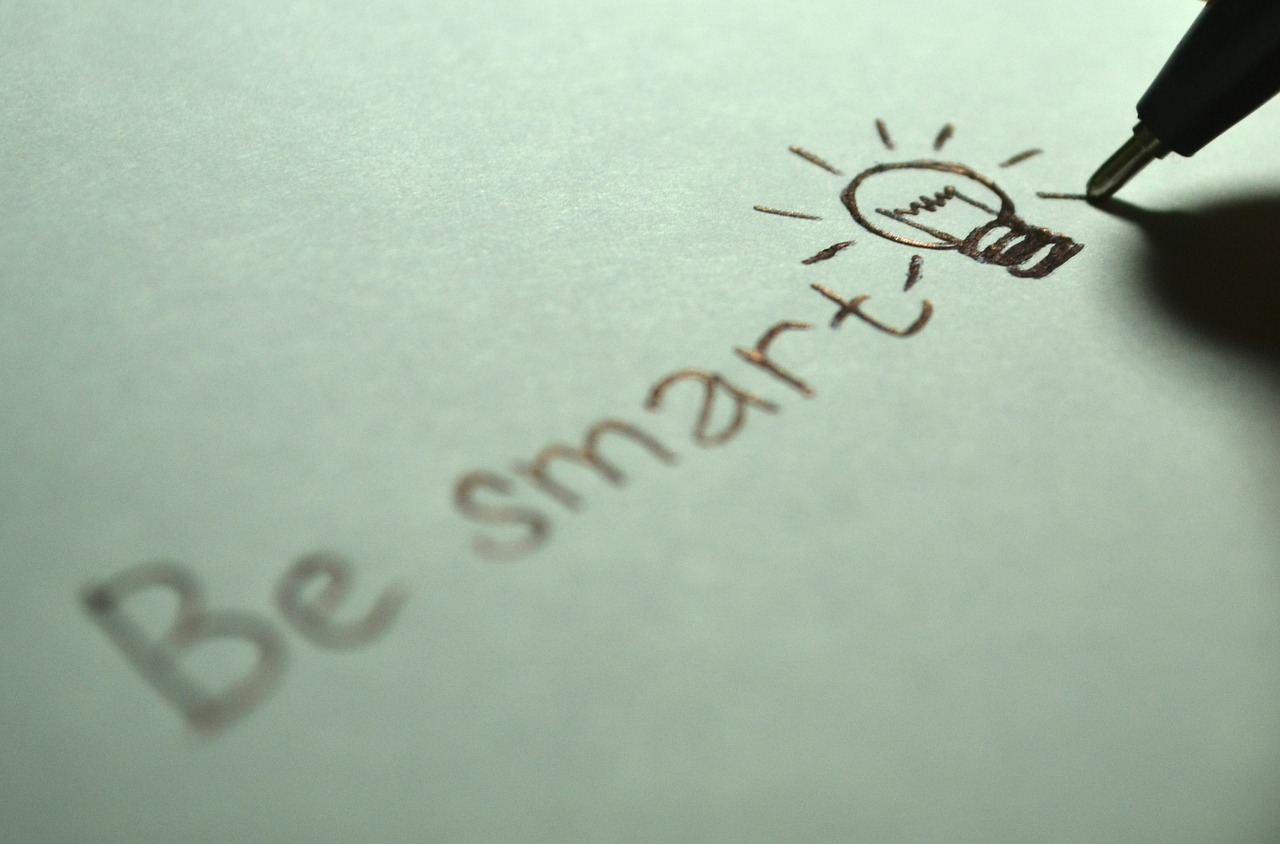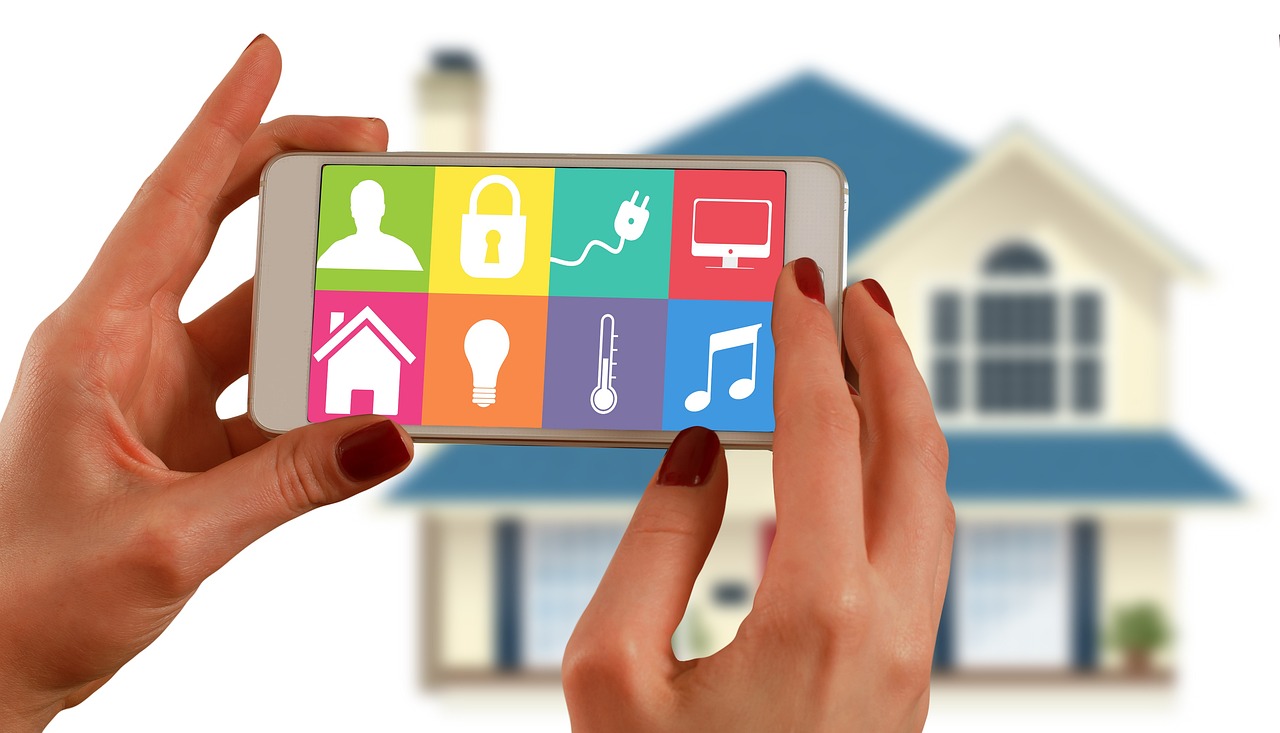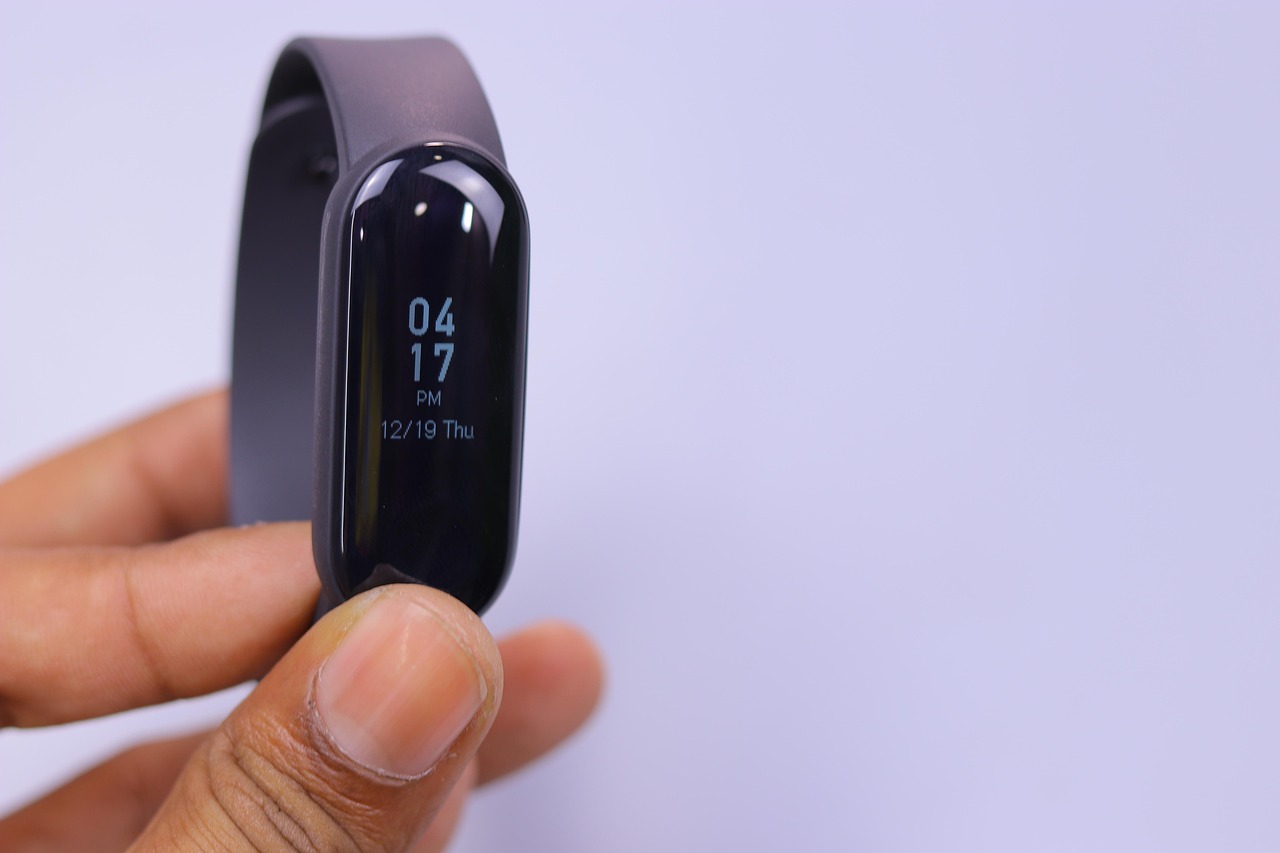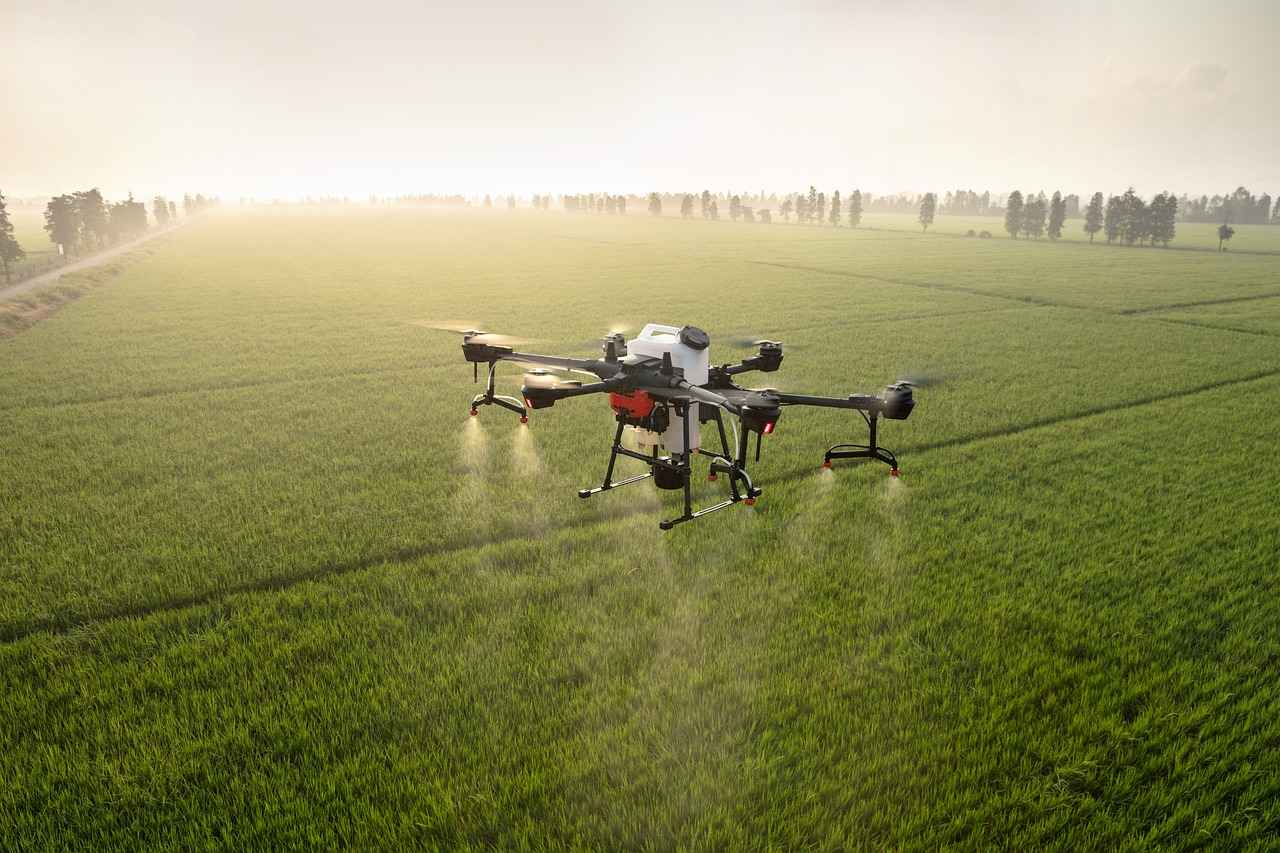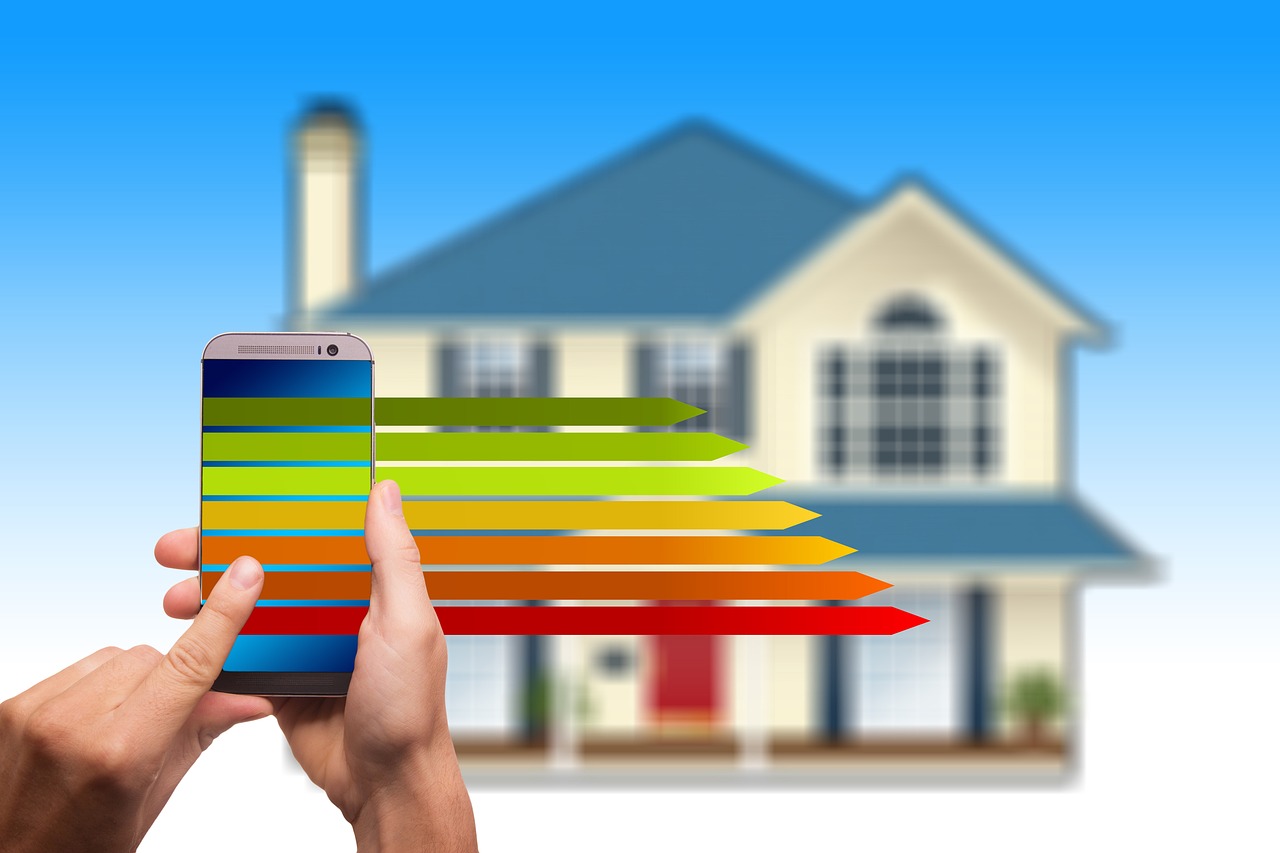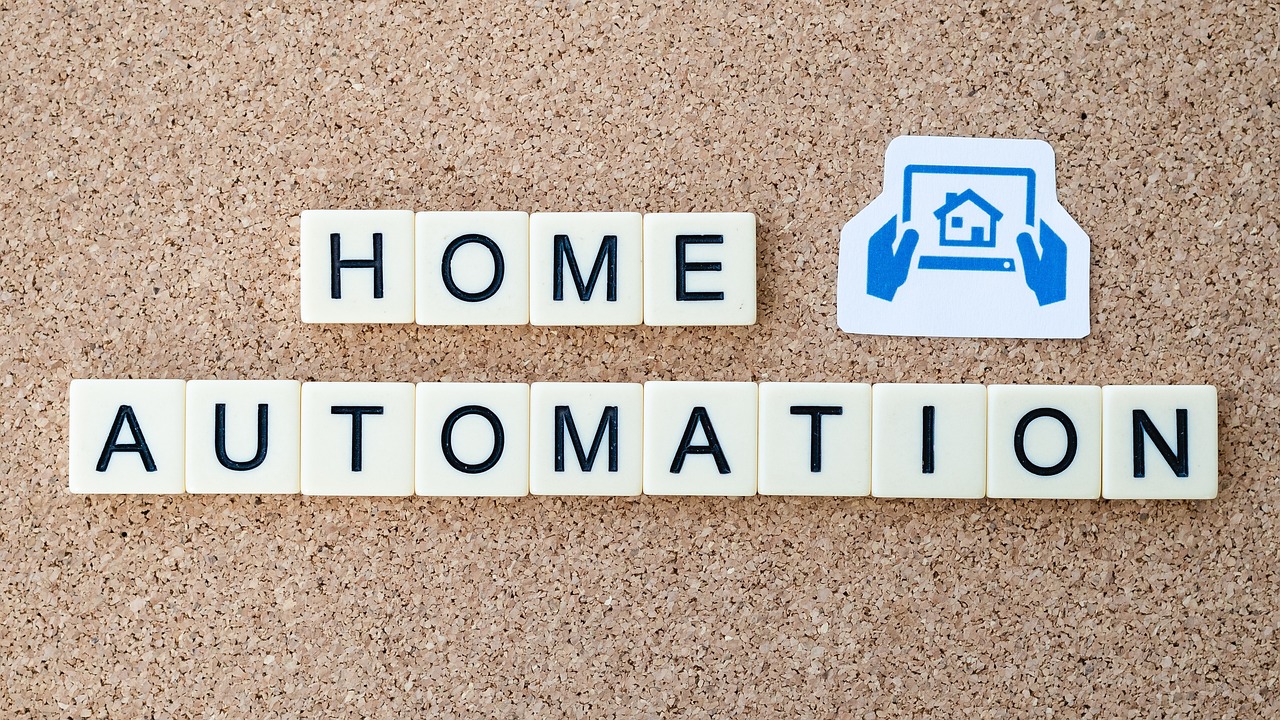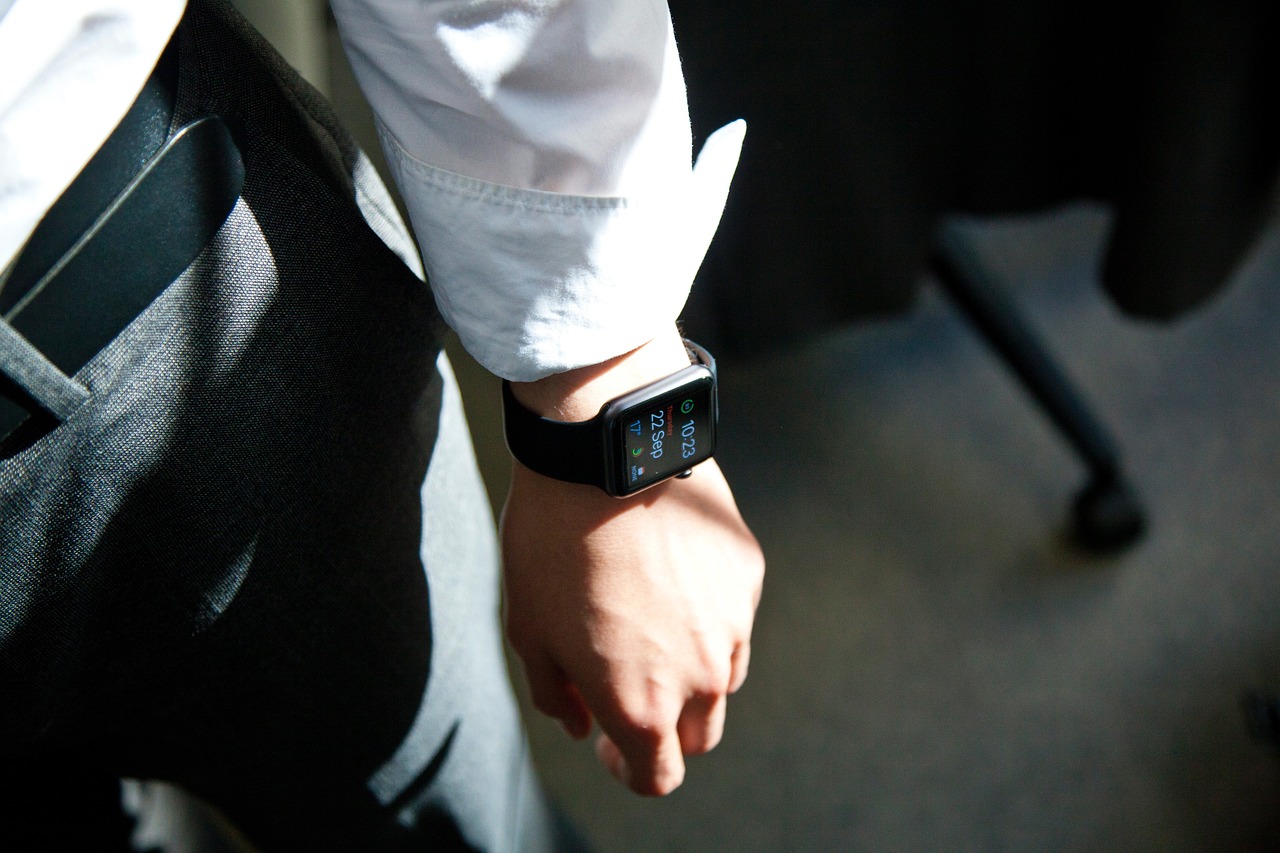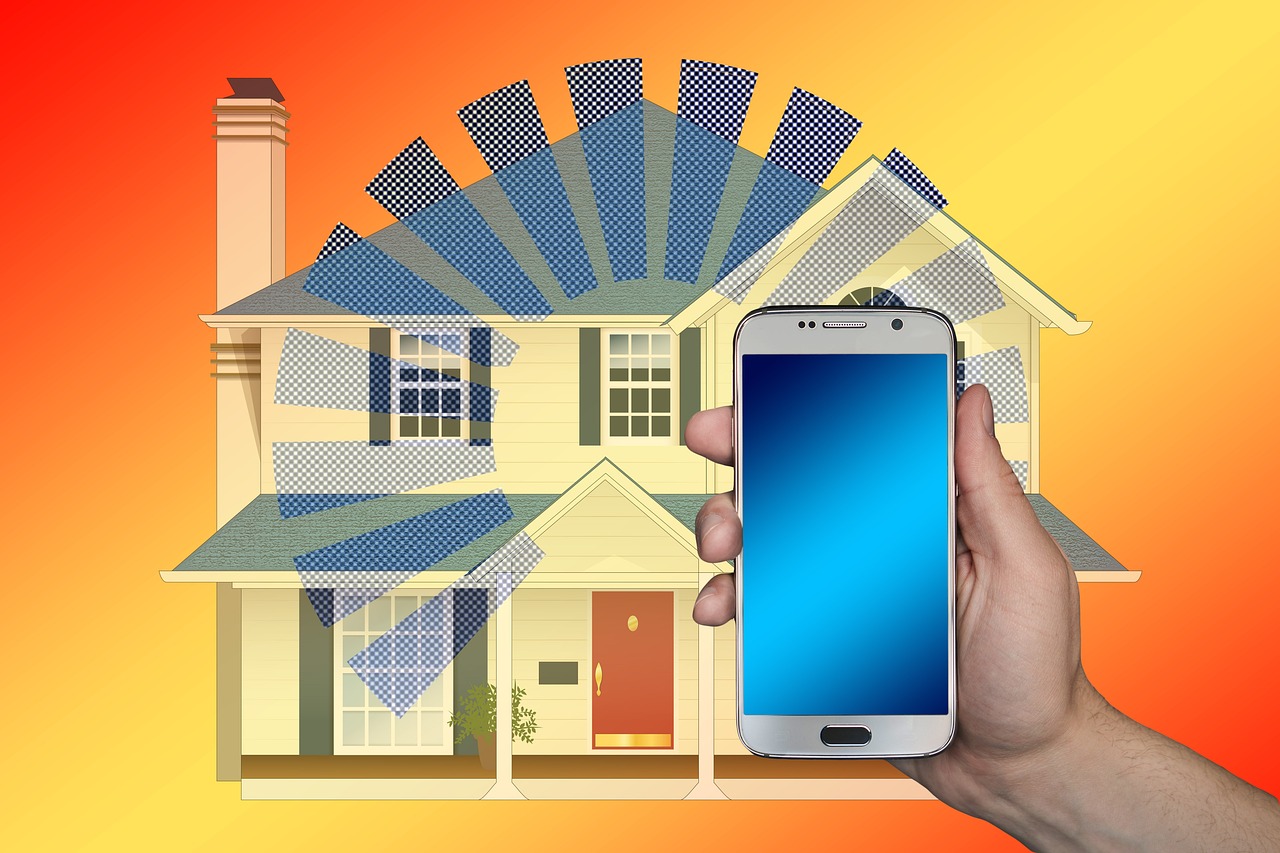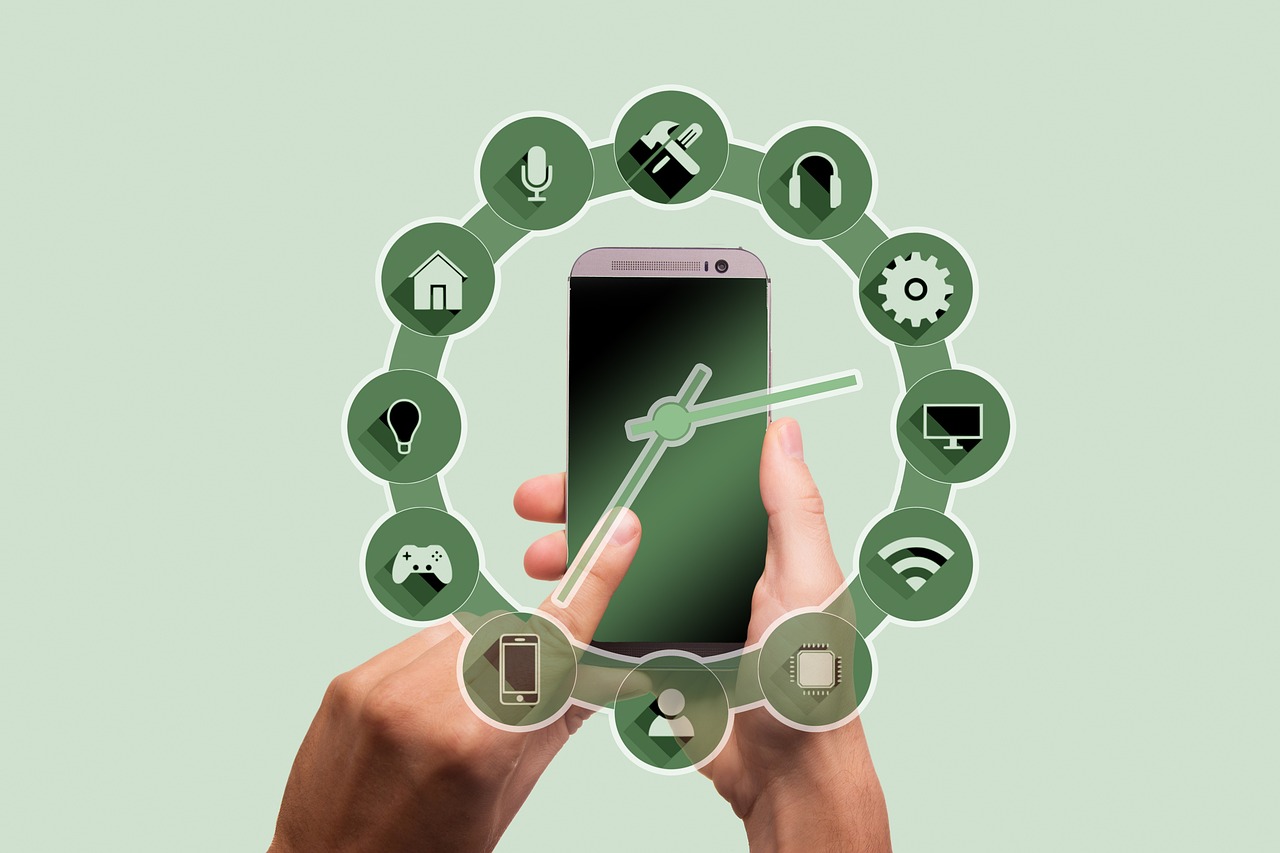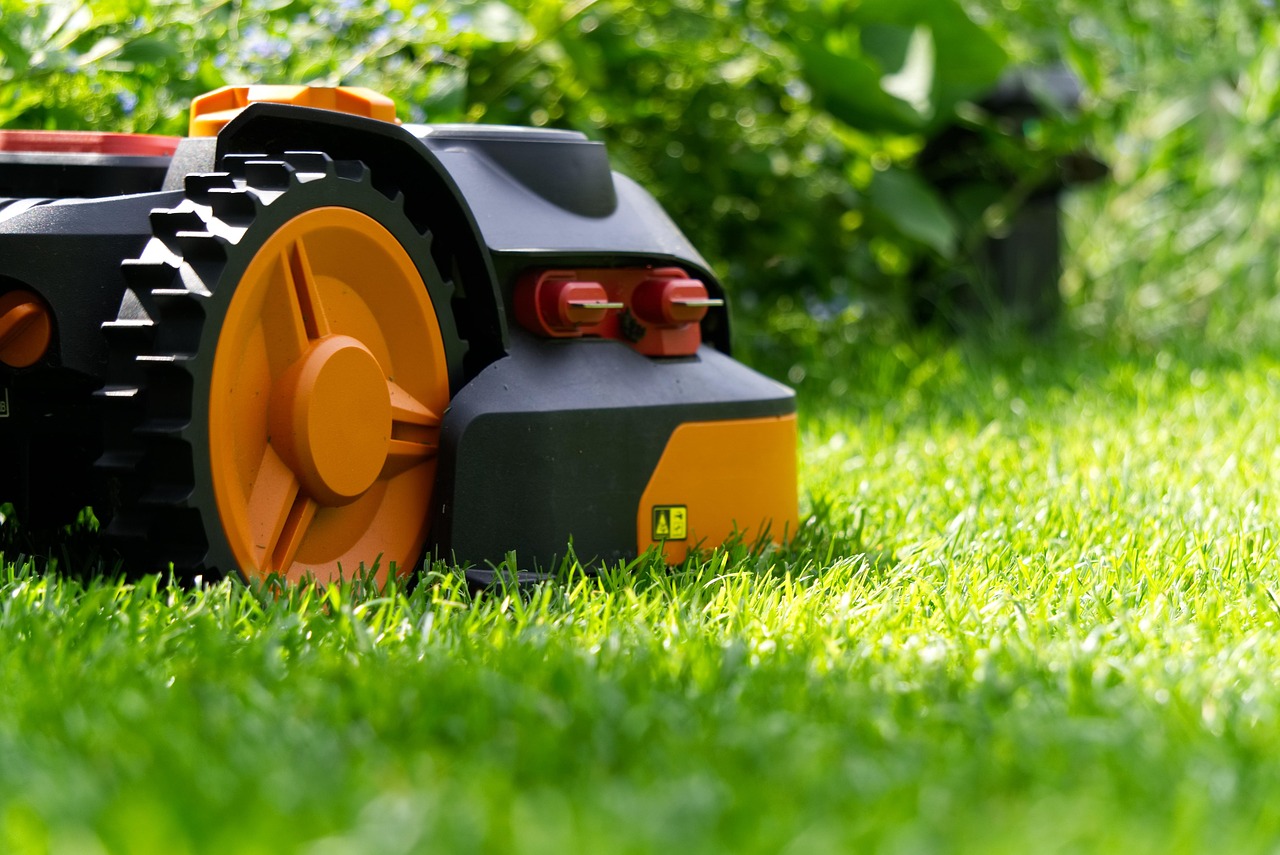This article delves into the fascinating realm of smart home IoT devices, exploring their benefits, functionalities, and the future of home automation technology.
What Are Smart Home IoT Devices?
Smart home IoT devices are interconnected gadgets designed to enhance home automation. These devices allow users to control various functions remotely, significantly improving convenience and efficiency in daily living.
Benefits of Smart Home IoT Devices
- Energy Efficiency: Smart devices optimize energy usage, leading to reduced utility bills.
- Enhanced Security: Advanced features such as surveillance cameras and smart locks provide peace of mind.
- Improved Convenience: Automation of daily tasks simplifies routines, making life easier for homeowners.
Energy Efficiency and Cost Savings
By optimizing usage patterns, smart home devices can significantly reduce energy consumption, leading to substantial cost savings on utility bills while contributing to a more sustainable lifestyle.
How Do Smart Home IoT Devices Work?
Smart home IoT devices operate through a network of interconnected gadgets that communicate via the internet. This allows users to control them through smartphones or voice commands.
Popular Smart Home IoT Devices to Consider
- Smart Speakers: Serve as central hubs for controlling other smart devices.
- Smart Security Cameras: Offer real-time monitoring and alerts for enhanced security.
The Future of Smart Home IoT Devices
As technology advances, the future of smart home IoT devices looks promising, with innovations aimed at improving user experience, security, and energy efficiency in residential settings.

What Are Smart Home IoT Devices?
Smart home IoT (Internet of Things) devices are an essential part of modern living, representing a significant leap in home automation technology. These interconnected gadgets facilitate the management of various household functions remotely, enhancing both convenience and efficiency in daily life. By utilizing advanced connectivity options, these devices allow homeowners to control everything from lighting and temperature to security systems and appliances through their smartphones or voice commands.
In essence, smart home IoT devices create a seamless ecosystem where different gadgets communicate with each other, sharing data and automating tasks. For example, a smart thermostat can adjust the heating or cooling based on user preferences and current weather conditions, while smart lighting can automatically dim or brighten depending on the time of day or occupancy. This level of integration not only simplifies household management but also contributes to energy savings and enhanced security.
The appeal of smart home IoT devices lies in their ability to transform a traditional home into a smart home. With the rise of technologies such as artificial intelligence and machine learning, these devices are becoming increasingly intuitive, learning user habits and preferences over time. This adaptability ensures that homes are not just automated but also personalized to meet the unique needs of each household.
Moreover, the future of smart home IoT devices looks promising as advancements continue to emerge. Innovations aimed at improving user experience, security, and energy efficiency are constantly being developed, making these devices not just a trend but a staple in modern living. As consumers become more aware of the benefits, the adoption of smart home technology is expected to grow, leading to smarter, safer, and more efficient living environments.
- Convenience: Control home functions remotely
- Energy Efficiency: Optimize energy consumption
- Enhanced Security: Monitor and secure your home
In conclusion, smart home IoT devices are revolutionizing the way we interact with our living spaces. They offer a plethora of benefits that cater to the needs of modern homeowners, making them an indispensable part of contemporary life.

Benefits of Smart Home IoT Devices
In today’s fast-paced world, smart home IoT devices have emerged as a revolutionary technology that transforms the way we interact with our living spaces. These devices not only enhance convenience but also offer a multitude of benefits that cater to the needs of modern homeowners. Below are some of the key advantages of integrating smart home devices into your daily life:
- Increased Energy Efficiency: Smart home devices are designed to optimize energy usage. For instance, smart thermostats can learn your habits and adjust heating or cooling settings automatically, which can lead to significant savings on energy bills.
- Enhanced Security: With features like smart locks and surveillance cameras, homeowners can monitor their properties in real-time. These devices can send alerts directly to your smartphone, ensuring you are always aware of any unusual activity.
- Improved Convenience: Imagine controlling your lights, thermostat, and security system from your smartphone or through voice commands. Smart home devices streamline daily routines, allowing for greater control and flexibility.
- Remote Monitoring: Many smart home devices provide the ability to monitor your home from anywhere in the world. This feature is particularly beneficial for those who travel frequently or have second homes.
- Customization and Automation: Smart devices allow for personalized settings and automation of routines. You can create schedules for when to turn on lights or adjust the thermostat, making your home more comfortable and energy-efficient.
In conclusion, the integration of smart home IoT devices not only enhances the efficiency and security of your home but also significantly improves your overall quality of life. As technology continues to advance, the benefits of these devices will only grow, making them an essential consideration for anyone looking to modernize their living space.
Energy Efficiency and Cost Savings
In today’s world, where energy conservation is becoming increasingly important, smart home devices play a pivotal role in optimizing energy consumption. These innovative technologies not only help in managing energy use but also lead to significant cost savings on utility bills, making them an essential investment for any modern household.
One of the primary ways smart home devices achieve this is through their ability to monitor and analyze energy usage patterns. For instance, smart thermostats can learn the preferences of the household and adjust heating and cooling systems accordingly. This means that energy is not wasted when the house is empty, thus ensuring that the home remains comfortable while minimizing unnecessary energy consumption.
| Device Type | Functionality | Energy Savings |
|---|---|---|
| Smart Thermostats | Adjusts temperature based on user behavior | Up to 30% savings on heating and cooling |
| Smart Lighting | Controls lights based on occupancy | Up to 20% savings on lighting costs |
| Smart Plugs | Monitors and schedules device usage | Up to 15% savings on standby power |
Furthermore, smart lighting solutions can automatically adjust based on the time of day or occupancy. This means that lights can be turned off in unoccupied rooms, reducing energy waste. By implementing these systems, homeowners can not only save money but also contribute to a more sustainable lifestyle.
In conclusion, the integration of smart home devices into daily life represents a significant step towards achieving energy efficiency and substantial cost savings. By optimizing usage patterns and reducing waste, these technologies offer a practical solution for those looking to enhance their home environment while being mindful of their energy consumption.
Smart Thermostats
have revolutionized the way we manage our home heating and cooling systems. These innovative devices utilize advanced technology to learn user preferences, adapting to individual lifestyles and ensuring optimal comfort throughout the day.
One of the primary advantages of smart thermostats is their ability to analyze user behavior. By tracking when residents are home or away, these devices adjust temperatures accordingly. For instance, if the household typically leaves for work at 8 AM, the thermostat will lower the heating or cooling just before that time, conserving energy and reducing costs. This capability not only enhances comfort but also contributes to significant energy savings.
Moreover, many smart thermostats are equipped with features such as geofencing. This technology allows the thermostat to detect when users are approaching home, automatically adjusting the temperature to their preferred settings before they arrive. This ensures a welcoming atmosphere without unnecessary energy expenditure while the house is empty.
Furthermore, smart thermostats can be controlled remotely via smartphone apps, giving users the flexibility to adjust settings from anywhere. This means if plans change, users can easily modify their heating or cooling schedules, ensuring that energy is not wasted on an empty home.
In addition to convenience and energy efficiency, many smart thermostats provide detailed energy usage reports. These insights allow homeowners to understand their consumption patterns better and make informed decisions about their energy use, leading to further savings.
In conclusion, smart thermostats represent a significant advancement in home automation technology. By learning user preferences and adjusting heating and cooling schedules, they not only enhance comfort but also promote energy efficiency and cost savings. As the demand for sustainable living continues to grow, these devices are becoming essential components of modern smart homes.
Smart Lighting Solutions
are becoming an integral part of modern home automation, offering a blend of convenience, energy efficiency, and personalized ambiance. These systems utilize advanced technology to adapt lighting conditions based on various factors, ensuring that homes are both functional and inviting.
One of the most significant benefits of smart lighting is its ability to automatically adjust based on occupancy or time of day. For instance, lights can turn on when someone enters a room and switch off when the space is unoccupied, significantly reducing energy waste. This not only leads to lower electricity bills but also contributes to a more sustainable lifestyle.
Moreover, smart lighting systems allow homeowners to create customizable ambiances that suit different occasions. Whether it’s a cozy dinner or a lively gathering, users can easily adjust brightness and color settings through a smartphone app or voice commands. This flexibility enhances the overall home experience, making it more enjoyable and tailored to individual preferences.
Additionally, many smart lighting solutions integrate with other smart home devices, such as smart thermostats and security systems. This interconnectedness enables a seamless home automation experience, where lighting can respond to other environmental factors, such as the temperature or security alerts. For example, lights can flash to indicate a security breach, providing an extra layer of safety.
In conclusion, smart lighting solutions are not just about convenience; they are a step towards a more efficient and intelligent home. As technology continues to evolve, these systems are expected to become even more advanced, offering enhanced features and greater integration with other smart devices, paving the way for a more automated and energy-efficient future.
| Feature | Benefit |
|---|---|
| Automated Control | Reduces energy consumption |
| Customizable Ambiance | Enhances home experience |
| Integration with Other Devices | Improves overall home automation |
- Energy-efficient
- Convenient control options
- Enhanced security features
Smart Lighting Solutions:- Automated control based on occupancy- Customizable settings for ambiance- Integration with other smart devices
Enhanced Security Features
in smart home IoT devices are revolutionizing the way homeowners protect their properties. With the rise of technology, traditional security measures are being supplemented with advanced solutions that offer not only safety but also convenience.
One of the most significant advantages of smart home security systems is their ability to provide remote monitoring. Homeowners can access live feeds from surveillance cameras via their smartphones or tablets, allowing them to keep an eye on their property from anywhere in the world. This feature is particularly beneficial for those who travel frequently or have second homes.
- Surveillance Cameras: Modern smart security cameras come equipped with features like motion detection, night vision, and two-way audio. These capabilities enable users to receive alerts when unusual activity is detected, ensuring prompt action can be taken.
- Smart Locks: Traditional locks can be vulnerable to picking or bumping, but smart locks offer enhanced security through keyless entry options. Homeowners can control access remotely, grant temporary access to guests, and even receive notifications when someone enters or exits their home.
- Alarm Systems: Integrated alarm systems can be customized to suit specific needs. These systems can trigger alerts, notify emergency services, and even integrate with other smart devices for a comprehensive security solution.
Moreover, the integration of artificial intelligence in these devices allows for advanced analytics, helping to distinguish between normal and suspicious activities. As a result, false alarms are minimized, and homeowners can feel more secure knowing that their properties are being monitored intelligently.
In conclusion, the offered by smart home IoT devices provide homeowners with peace of mind and greater control over their security. As technology continues to evolve, these systems will likely become even more sophisticated, making home security more accessible and effective than ever before.

How Do Smart Home IoT Devices Work?
Understanding the Mechanisms Behind Smart Home IoT Devices
Smart home IoT (Internet of Things) devices have transformed the way we interact with our living spaces. These innovative technologies operate through a network of interconnected gadgets that communicate seamlessly with each other via the internet. This connectivity allows users to manage their home environment conveniently through smartphones or voice commands, making daily routines more efficient and enjoyable.
How Do Smart Home IoT Devices Communicate?
Communication among smart home devices is facilitated by various wireless protocols. The most common include:
- Wi-Fi: Allows devices to connect to the internet directly, providing high-speed data transfer.
- Zigbee: A low-power protocol designed for short-range communication, ideal for smart home applications.
- Z-Wave: Similar to Zigbee, this protocol focuses on low-energy, reliable communication between devices.
These protocols ensure that devices can work together harmoniously, creating a cohesive smart home ecosystem.
Cloud Computing’s Role in Smart Homes
Many smart home devices utilize cloud computing to store and process data. This technology enables users to access their devices remotely, providing real-time insights and control over their home environment. For instance, a smart thermostat can learn user preferences and adjust settings accordingly, optimizing energy consumption and enhancing comfort.
Voice Control and Automation
Voice-activated assistants, such as Amazon Alexa or Google Assistant, play a crucial role in the functionality of smart home devices. By integrating voice control, users can manage their devices hands-free, making home automation even more accessible. Automation routines can also be established, allowing devices to perform tasks based on specific triggers, such as time of day or occupancy.
Conclusion
Smart home IoT devices represent a significant leap forward in home automation technology. By leveraging interconnected gadgets, wireless communication, and cloud computing, these devices enhance convenience, efficiency, and security in our daily lives. As technology continues to evolve, the potential for smart home devices will only expand, promising a future where our homes are even more intelligent and responsive to our needs.
Wireless Communication Protocols
play a crucial role in the functionality of smart home IoT devices, enabling them to communicate effectively and efficiently. These protocols ensure that various devices, such as smart thermostats, lights, and security systems, can interact seamlessly within a home network. Understanding these protocols is essential for homeowners looking to optimize their smart home ecosystems.
- Wi-Fi: This is the most widely used protocol, providing high-speed internet access to smart devices. It allows for robust data transmission and supports a large number of devices simultaneously. However, Wi-Fi can consume more power compared to other protocols.
- Zigbee: Designed for low-power devices, Zigbee is ideal for smart home applications. It creates a mesh network, allowing devices to communicate with each other even if they are not in close proximity to the router. This enhances reliability and extends battery life.
- Z-Wave: Similar to Zigbee, Z-Wave is another low-power wireless protocol that focuses on smart home applications. It operates on a different frequency, which can reduce interference with Wi-Fi networks. Z-Wave is known for its strong security features and is often used in home automation systems.
Each protocol has its own strengths and weaknesses, making it vital for homeowners to choose the right one based on their specific needs. For instance, while Wi-Fi offers speed and bandwidth, Zigbee and Z-Wave provide energy efficiency and reliability in device communication.
In conclusion, understanding is essential for anyone looking to build or expand their smart home setup. By selecting the appropriate protocol, users can ensure that their devices work harmoniously, enhancing the overall efficiency and functionality of their smart home systems.
Cloud Computing and Data Processing
In the ever-evolving landscape of smart home technology, cloud computing plays a pivotal role in enhancing the functionality and usability of various IoT devices. These devices, ranging from smart thermostats to security cameras, rely heavily on cloud-based systems to process data efficiently and enable seamless remote access.
One of the primary advantages of utilizing cloud computing in smart home devices is the ability to provide users with real-time insights into their home environments. For instance, a smart thermostat can analyze temperature patterns and user preferences stored in the cloud, allowing it to adjust settings automatically for optimal comfort and energy efficiency. This not only enhances user experience but also contributes to significant cost savings on energy bills.
Furthermore, cloud computing facilitates the integration of multiple devices within a smart home ecosystem. By centralizing data processing in the cloud, devices can communicate with one another, enabling coordinated actions. For example, a smart security system can trigger lights to turn on when motion is detected, all thanks to the data processed in the cloud.
Another critical aspect of cloud computing is its role in data storage and security. Users can access their device data from anywhere, providing peace of mind and control over their home environment. However, this reliance on the cloud also raises concerns about data privacy and security, making it essential for manufacturers to implement robust encryption and security measures.
In conclusion, cloud computing is an indispensable component of modern smart home devices. It not only enhances functionality and user experience but also poses challenges that need to be addressed to ensure the security and privacy of users. As technology continues to advance, the integration of cloud computing in smart home devices will likely become even more sophisticated, paving the way for a more connected and efficient living environment.

Popular Smart Home IoT Devices to Consider
In today’s digital age, a wide array of smart home IoT devices are available, each designed to fulfill specific functions that cater to the diverse needs of homeowners. From enhancing security to improving energy efficiency, these devices are revolutionizing the way we interact with our living spaces. Below, we explore some of the most popular smart home devices that can significantly enhance your home automation experience.
- Smart Speakers
Smart speakers, such as the Amazon Echo and Google Nest, act as central hubs for controlling other smart devices. They provide voice-activated assistance, allowing users to play music, set reminders, and control connected devices with simple voice commands.
- Smart Security Cameras
These cameras offer real-time monitoring and alerts, enabling homeowners to keep an eye on their property from anywhere. With features like motion detection and night vision, they enhance security and provide peace of mind.
- Smart Thermostats
Devices like the Nest Learning Thermostat learn user preferences and adjust heating and cooling schedules automatically. This not only ensures comfort but also helps in reducing energy consumption and lowering utility bills.
- Smart Lighting Solutions
Smart lighting systems allow for automated control of lights based on occupancy or time of day. They offer customizable ambiance, energy efficiency, and can be controlled remotely through smartphone apps.
- Smart Door Locks
These locks provide keyless entry and can be controlled remotely. Homeowners can grant access to guests, monitor who enters and exits, and enhance security without the hassle of traditional keys.
In conclusion, the variety of smart home IoT devices available today allows homeowners to tailor their living environments to their specific needs. By integrating these technologies, you can enjoy enhanced convenience, security, and energy efficiency, making your home smarter and more responsive to your lifestyle.
Smart Speakers
have revolutionized the way we interact with technology in our homes. These devices are not just simple audio players; they act as central hubs for managing a wide array of smart devices, making our lives more convenient and enjoyable.
One of the primary functions of smart speakers is to provide voice-activated assistance. With a simple command, users can control lights, thermostats, and even security systems, all through their voice. This feature is particularly beneficial for individuals with mobility challenges or those who prefer hands-free operation.
Moreover, smart speakers integrate seamlessly into daily life by offering entertainment options. Users can stream music, listen to podcasts, or even catch up on the news, all while managing other tasks. The ability to play music in different rooms or set the mood with ambient sounds enhances the overall living experience.
In addition to convenience and entertainment, smart speakers also play a vital role in home automation. For instance, they can be programmed to execute routines, such as turning off lights and locking doors at bedtime, creating a sense of security and efficiency. This automation not only saves time but also helps in reducing energy consumption, aligning with a more sustainable lifestyle.
Furthermore, many smart speakers are equipped with advanced AI capabilities, allowing them to learn user preferences over time. This personalized experience makes interactions more intuitive and enjoyable, as the device becomes more attuned to the user’s habits and preferences.
As we look towards the future, the evolution of smart speakers promises even greater integration with emerging technologies and enhanced functionalities. They will continue to serve as an essential part of the smart home ecosystem, making our lives easier, more connected, and more enjoyable.
Smart Security Cameras
have revolutionized the way homeowners approach safety and surveillance. In today’s fast-paced world, the ability to monitor your property in real-time from anywhere provides a significant advantage. These devices not only enhance security but also offer peace of mind, knowing that your home is being watched even when you’re not there.
One of the key features of smart security cameras is their real-time monitoring. Homeowners can access live feeds through their smartphones, tablets, or computers, allowing them to keep an eye on their property at all times. This capability is particularly useful for those who travel frequently or work long hours away from home.
Additionally, these cameras come equipped with motion detection technology. When motion is detected, the camera sends instant alerts to the homeowner’s device. This feature ensures that any unusual activity is promptly reported, enabling quick responses to potential threats. For example, if a package is delivered or someone approaches the front door, homeowners can be immediately notified and take appropriate action.
| Features | Benefits |
|---|---|
| Real-time Monitoring | Access live video feeds from anywhere |
| Motion Detection Alerts | Instant notifications of unusual activity |
| Two-way Audio | Communicate with visitors remotely |
| Night Vision | Enhanced visibility in low-light conditions |
Moreover, many smart security cameras feature two-way audio, allowing homeowners to communicate with visitors or intruders directly through the camera. This interaction can deter potential threats and provide additional safety measures. Furthermore, with advancements in technology, many cameras now offer night vision capabilities, ensuring that your property is monitored even in low-light conditions.
As we continue to embrace technology in our homes, investing in smart security cameras is a proactive step towards enhancing safety and security. With their numerous features and benefits, they have become an essential component of modern home security systems, offering homeowners the reassurance they need.

The Future of Smart Home IoT Devices
As we look ahead, the landscape of smart home IoT devices is evolving at a rapid pace. These innovations are not just about convenience; they are fundamentally transforming how we interact with our living spaces. With advancements in technology, the future promises to enhance user experience, bolster security, and improve energy efficiency in ways previously unimaginable.
Innovations in User Experience
Future smart home devices will leverage artificial intelligence and machine learning to create personalized environments. For instance, smart assistants will become more intuitive, learning from user habits and preferences to anticipate needs. Imagine a home that adjusts lighting, temperature, and even music based on the time of day and your mood.
Enhanced Security Protocols
With rising concerns about home security, smart IoT devices will integrate advanced features such as facial recognition and biometric access. These enhancements will provide homeowners with greater control and peace of mind, allowing them to monitor their properties remotely through real-time alerts and video feeds.
Energy Efficiency Innovations
Energy conservation will be a key focus, with devices designed to optimize energy consumption. For example, future smart thermostats will not only learn user behavior but will also communicate with other devices to minimize energy waste. This interconnectedness will lead to significant cost savings and a reduced carbon footprint.
Conclusion
The future of smart home IoT devices is bright, characterized by continuous innovation aimed at enriching our lives. As technology progresses, we can expect smarter, more secure, and energy-efficient solutions that will redefine the concept of home automation.
Frequently Asked Questions
- What are the main benefits of using smart home IoT devices?
Smart home IoT devices offer numerous advantages, including increased energy efficiency, enhanced security, and improved convenience. They make daily routines easier by allowing for remote control of various functions, ultimately leading to a more streamlined lifestyle.
- How do smart home devices communicate with each other?
Smart home devices communicate through a network of interconnected gadgets using wireless protocols like Wi-Fi, Zigbee, and Z-Wave. This seamless integration allows users to control their devices via smartphones or voice commands, creating a cohesive smart home ecosystem.
- Are smart home devices easy to install?
Most smart home devices are designed for easy installation, often requiring minimal technical skills. Many come with user-friendly apps and step-by-step guides to help you set them up quickly, making it accessible for anyone to enhance their home automation.
- Can smart home devices help save on energy bills?
Absolutely! Smart devices like thermostats and lighting systems optimize energy usage by adjusting settings based on your habits. This not only reduces energy consumption but also leads to significant savings on utility bills over time.
- What should I consider before purchasing smart home devices?
Before buying, consider compatibility with your existing devices, the range of features offered, and the level of security provided. It’s also wise to assess your specific needs and how these devices can enhance your daily life.
